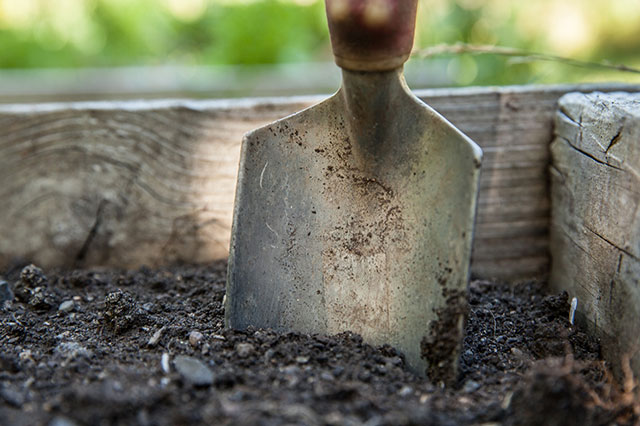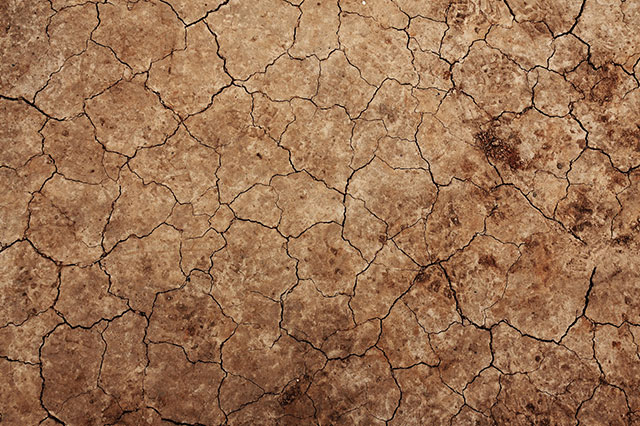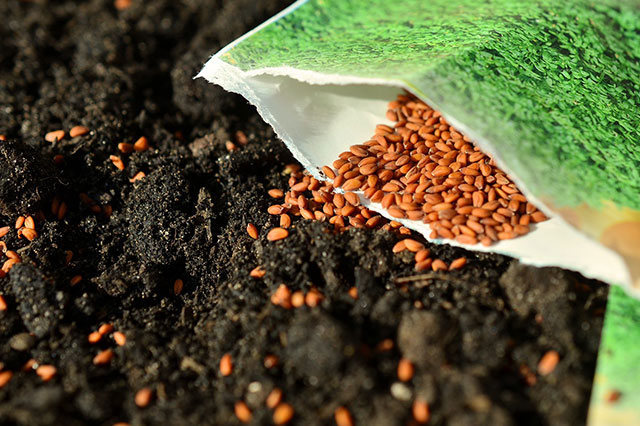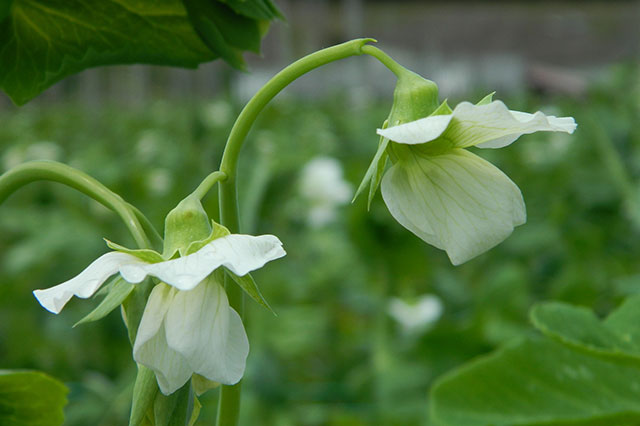Prevent your garden from suffering erosion and losing its ability to sustain plant growth. Knowing how to protect your garden with cover crops will keep it flourishing and producing excellent results season after season.

gardeninginfo-online.com gathered information about what cover crops are, why they are beneficial for gardens, when to plant them, and what to plant.
Cover Crops for Gardens
Cover crops are planted with the intent to cover your soil rather than be harvested. They can provide multiple benefits in a gardening or cropping system.
Benefits of Planting Cover Crops
Cover crops help keep your developed soil in place and provide many immediate and lasting benefits, including:
Soil Quality – Cover crops increase soil quality by improving biological, chemical, and physical soil composition.

Soil Nutrient Storage – Cover crops can act as trap crops, storing nutrients from manure, mineralized nitrogen, or residual fertilizer until subsequent plants can utilize them.
Soil Structure – Cover crops can increase soil organic matter, improving soil structure, stability, improved moisture, and nutrient holding capacity for plant development and growth. This results in reduced runoff by improving water infiltration and percolation.
- Water infiltration is the movement of water through the soil’s surface.
- Water percolation is the movement of water through the soil’s structure.
Note: These qualities aid in preventing soil erosion. Learn more about organic soil, how to make it and its’ benefits.
Soil Loss/Erosion Prevention – Cover crops slow rainfall and snowmelt runoff, reducing soil loss from sheet, rill, and gully erosion.
- Sheet erosion is the uniform stripping of soil in thin layers.
- Rill erosion happens when runoff water forms shallow channels (up to 0.3m deep) as it descends a slope.
- Gully erosion is similar to rill erosion but with channels deeper than 0.3m deep.
Furthermore, a cover crop’s canopy reduces the impact of overhead watering and raindrops on the soil surface, decreasing soil breakdown and subsequent erosion.

Note: Decreased erosion means reduced degradation of stream, river, well, and reservoir waters from pesticides, herbicides, and manure-related pathogens.
Reduced Fertilizer Usage – Cover crops planted to increase soil nitrogen, substantially reduce the need for nitrogen fertilizer application for future crops.
Increased Evapotranspiration – Cover crops naturally reduce deep soil moisture by evapotranspiration (evaporation from soil and transpiration from plants), resulting in improved soil structure and stability leading to less subsurface compaction.
Reduced Soil Compaction – Cover crops naturally reduce soil compaction. Their root systems and in some crops, taproots penetrate and prevent these soil layers from compacting.
Weed, Pest, and Disease Prevention – Cover crops are an effective mulch and a natural way of suppressing soil diseases, pests, and weed growth.
Food and Shelter Source – Cover crops provide high-quality food and habitat for wildlife, some beneficial insects, and pollinators.
Note: Existing weeds, diseases, nematodes, and other soil problems should be considered before growing cover crops. Soil samples should be sent to a local university extension laboratory for evaluation and planting recommendations.
When Should I Plant a Cover Crop

Cover crops can be planted throughout the growing season, right up to mid-autumn. Use the following as a guide:
Autumn – Plant cover crops so they will reach a minimum of 4 weeks of growth before cold weather prevents further growth.
Newly Prepared Soil – Plant large-seeded cover crops like peas, vetch, and wheat in shallow, closely-spaced furrows. Broadcast small-seeded crops like ryegrass and buckwheat over the garden’s surface and cover with a light raking.
Spring Maintenance – In spring, turn the cover crop under. Allow at least three weeks for the organic matter to decompose before planting your garden.
Keep cover crops from going to seed. Some species like vetch can become garden weeds if allowed to spread their seeds.
Tip: When cover crops grow too tall to turn, mow them before turning them.
What Is a Good Garden Cover Crop
The following species and their preferred sowing times are ideal for garden cover crops:
- Alfalfa (spring or late summer)
- Barley (fall or spring)
- Buckwheat (spring or summer)
- Crimson Clover (fall or spring)
- Fava Beans (early spring or late summer)
- Field Peas (fall)
- Garden Peas (fall)
- Oats (fall or spring)
- Rye (fall)
- Vetch (early fall)
- Wheat (fall)
Note: Each cover crop species will have its optimal growth conditions (season, soil type, hardiness zone, etc.). Be sure to consult your local nursery, garden supply store, or university extension for species recommendations.

Garden Cover Crops
In this article, you discovered what cover crops are, how they benefit your garden, when to plant them, and what species to grow.
Planting cover crops will help you preserve your garden’s soil structure while enriching it and promoting better biodiversity.
Ignoring the need for garden cover crops may lead to devastating erosion, nutrient loss, and poorly developed plants in your garden.
Sources:
extension.umn.edu/how-manage-soil-and-nutrients-home-gardens/cover-crops-and-green-manures
nrcs.usda.gov/wps/portal/nrcs/detail/national/climatechange/?cid=stelprdb1077238
catalog.extension.oregonstate.edu/sites/catalog/files/project/pdf/fs304.pdf
The post Gardening Cover Crops appeared first on http://gardeninginfo-online.com.
No comments:
Post a Comment